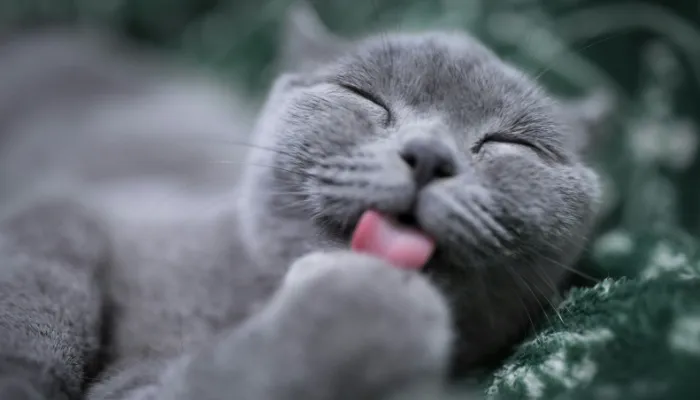The riddle remains, what are cats really thinking? Cats have been and will always be a mystery to their owners. This blog aims to demonstrate the multiple intricate and non-intricate ways cats are capable of expressing their discomfort or dislike towards something. One of the most asked questions from cat lovers is, In what manner how do cats say “I hate you”?
Like human beings, cats do not possess the ability to speak. They can do everything besides speaking, from vocalizing to moving their limbs. The important factor here for a cat owner is being able to understand cats on a deeper level, which is why cat owners need to possess something like a cat translator. In this post, we will try our best to equip you with everything you need to understand your feline friend on a deeper level.

Decoding Feline Language For Cats
When it comes to affectionate displays, cats are baffling in the way they communicate their lack of fondness for certain things. How do cats say “I hate you”? The answer along with some common ways cats are capable of showing their displeasure is provided in this piece. Cats are known for their non-verbal communication, they have mastered the skill. A cat’s tail, ears, eyes, and whiskers provide hints of how the cat is feeling.
Common Signs Your Cat Might Be Upset
- Tail Twitching: If the tail moves at a fast pace, it is clearly a sign of annoyance.
- Ears Pushed Back: Ears that are pushed back typically signify a state of rage or heightened anger.
- Hissing or Growling: These are vocal signals that scream leave me alone or stay away!
- Hiding: If your cat chooses to stay in his hiding place, they most definitely are quite angry and upset.
Knowing these signs can help resolve the problem before matters get out of control.
Understanding Vocalizations
Cats aren’t shy when it comes to voicing their displeasure. Generally, their vocal range extends from low growls to high pitch yowls, each variation revealing how they feel. As a cat owner, How do cats say “I hate you” using their voice? Here’s a small guide.
Common Dislike Vocalizations
| Sound | Meaning |
|---|---|
| Hiss | “Stay away from me!” |
| Growl | “I’m warning you!” |
| Yowl | “I’m really upset!” |
| Silent meow | “I’m too annoyed to even speak.” |
These sounds mark the boundaries that your cat is putting in place. If these are ignored, chances are, your cat will start exhibiting aggressive traits.
Behavioral Actions
At times, cats tend to incorporate behaviors to express their dislike rather than sounds or body language. While these behaviors may seem harmless, some can be unbelievably dramatic. So, How do cats say “I hate you” with their actions? Let’s see.
Actions That Indicate a Lack of Affection
- Scratching furniture. Furniture scratching can be an expression of frustration or stress.
- Knocking things over. It is a purposeful action intended to catch your notice (or irritate you).
- Refusing to eat. A symptom that highly indicates that something an issue exists.
- Biting or swatting. Resorting to physical violence towards a person or animal is always the last option.
Recognizing these actions will allow you to deal with the underlying issues that are making your kitty unhappy.
How to Respond When Your Cat Says “I Hate You”?
If your feline friend exhibits troublesome behavior, actively take steps to fix the displeased attitude. So, How do cats say “I hate you”, and how do you go about fixing it? Below are some suggestions that would help.
Activities That Can Improve Trust In You
- Give them space. Putting any pressure may worsen the situation.
- Identify the trigger. Is it a new animal? Did the schedule of the household change?
- Use positive reinforcement. Do not forget to give a treat when good behavior is displayed.
- Consult a vet. Sometimes animals behave strangely for more complex reasons related to their health.
Taking these actions can make your cat feel less anxious and more safe.
Conclusion
So How do cats say “I hate you”? Cats can display their displeasure through body language, sounds, and actions that can be quite hard to overlook. If you pay proper attention to these signals, you will be able to take care of stressed your cat in a much better fashion.
Always keep in mind that your cat’s actions often stem from complicated reasons, and they often mean for help. Lastly, just as you can change their hate to love and forgive them for their anger, you can change that ‘I hate you’ to a harmonious purr with a little patience.
